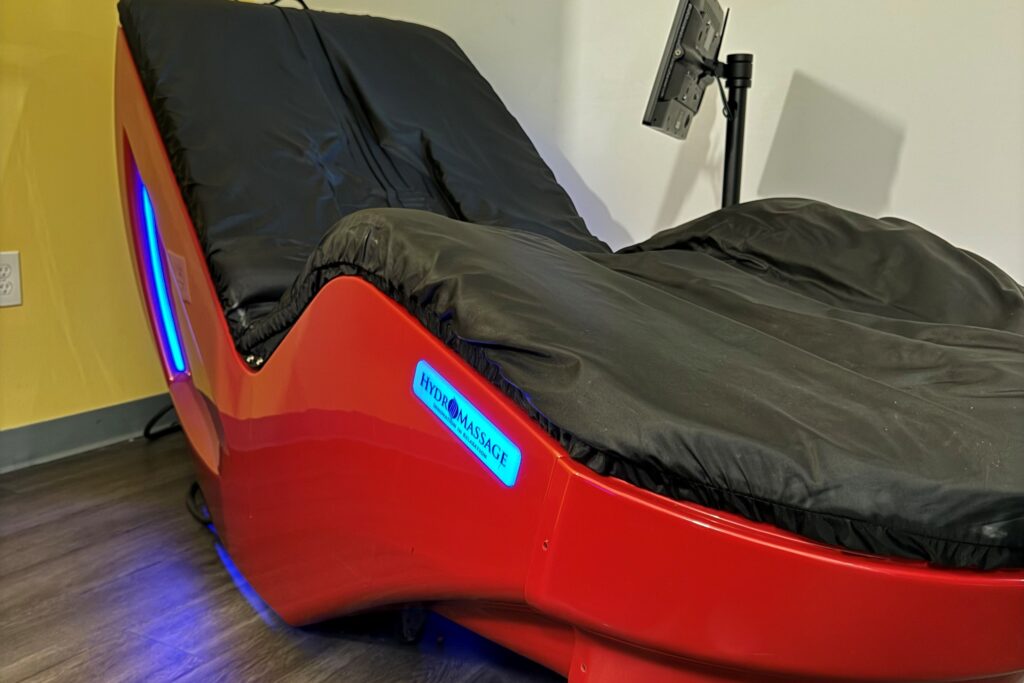Core strength isn’t just about achieving washboard abs or aesthetic appeal; it’s the foundational power that supports every physical activity you undertake.
From lifting groceries to swinging a golf club, a robust core enhances balance, stability, and overall body coordination.
Calisthenics, a form of bodyweight training, offers a dynamic way to sculpt your core using minimal equipment.
Benefits of calisthenics for core muscles
- Enhanced flexibility: Continuous movement through a full range of motion increases core flexibility.
- Improved muscle tone: Regular training leads to toned and strengthened core muscles.
- Functional fitness: Builds strength that is applicable in real-world activities, enhancing overall quality of life.
Anatomy of the core
The core is more than just your abdominal muscles; it’s a complex series of muscles extending far beyond your abs, including everything besides your arms and legs. It is incorporated in almost every movement of the human body. These muscles stabilize the spine and pelvis and run the entire length of the torso, providing a solid foundation for all movements.
Role of the core in overall fitness
- Stabilization: Strong core muscles keep your body balanced and stable.
- Posture improvement: A robust core helps maintain proper posture and reduces the risk of back pain.
Basic calisthenics core exercises
- The plank: An essential exercise that activates nearly every muscle in the body, which helps to tighten the core.
- The reverse crunch: Focuses on the lower abdominals, and is excellent for those who are new to core workouts.
- The mountain climber: A full-body workout that improves agility and burns calories, while targeting the core.
Intermediate calisthenics core workouts
- Leg raises: This exercise challenges your core and lower back while engaging the hip flexors.
- Russian twists: Perfect for enhancing oblique strength and definition.
- Hanging knee raises: Great for developing lower abdominal and grip strength.
Advanced calisthenics movements for the core
- The dragon flag: This is one of the most challenging calisthenics core exercises. This move involves lying back and lifting your entire body off the ground, except for your upper back, maintaining a straight line from shoulder to toe. It requires tremendous core strength and control and is excellent for developing the abdominal muscles and lower back.
- The human flag: It involves holding your body horizontally in the air, supported only by one arm gripping a vertical pole. This intense exercise engages the core, obliques, and shoulders extensively, showcasing an impressive balance of strength and body control.
- Front lever: This is another advanced move where you hold your body rigid and horizontally to the ground while gripping a pull-up bar. This exercise intensely targets the core, back, and shoulders, requiring and building incredible upper-body strength and core stability.
Sample workout plans
- Beginner plan (4-6 weeks): Focus on basic exercises like planks, reverse crunches, and mountain climbers. Aim for 3 sessions per week.
- Intermediate plan (Next 6 weeks): Incorporate leg raises, Russian twists, and hanging knee raises. Increase to 4 sessions per week.
- Advanced plan: Introduce the Dragon Flag, Human Flag, and Front Lever as you gain strength. Practice these exercises at least twice a week alongside other workouts.
Final thoughts
Embarking on a journey to strengthen your core through calisthenics can be one of the most rewarding fitness decisions you’ll ever make. Not only does a stronger core enhance your physical abilities in everyday activities, but it also plays a critical role in preventing injuries and maintaining overall health. The exercises discussed—from basic planks to advanced movements like the Human Flag—provide a clear path for progression, suitable for any fitness level.







